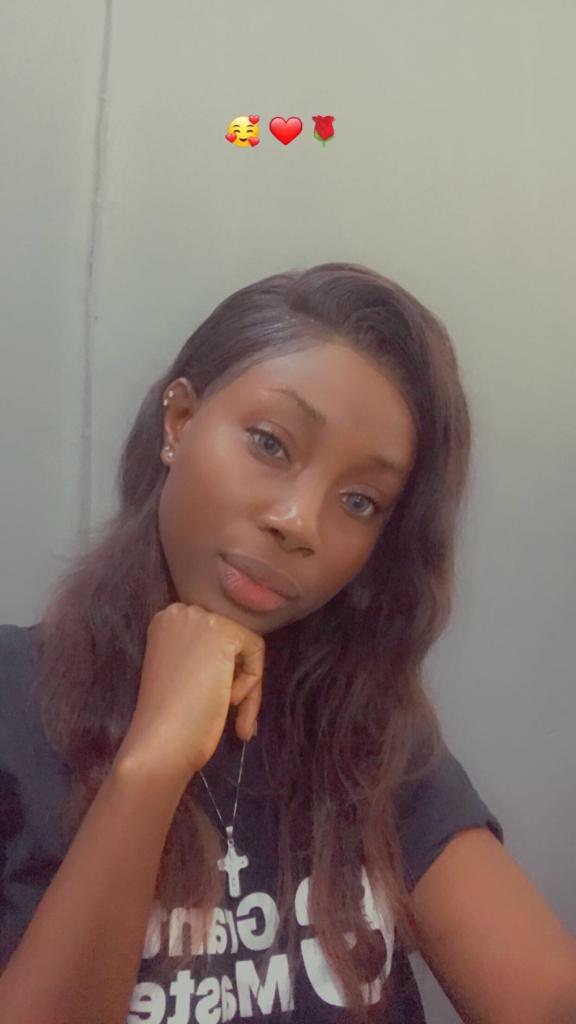Burkina Faso: The Land of Honest Men
- Okunola Wemimo

- Feb 15, 2022
- 3 min read

Source: Quartz Africa
Burkina Faso, home to some of the oldest human settlements in Africa, is a blend of multiple ethnic groups and languages. Although French is the lingua franca, Burkina Faso has over 60 ethnic groups spread across the country speaking Gur languages (related to the Mossi languages), Fulani, and Mande languages.
The “Land of the honest men,” as the name Burkina Faso translates, is also home to the largest elephant population in West Africa.
Burkina Faso is unarguably a welcoming country. In fact, the country’s capital, Ouagadougou means “You are welcome here at home with us.”
Did you know Burkina Faso has the largest craft market in Africa? As we celebrate Black History Month, let’s explore the wealth of the land of honest men.

Home of Arts and Culture
The potential of the arts and crafts industry is undoubtedly huge. This is why the Burkinabe government has been exploring this sector since 1984.
In November 1984, the Burkinabe government organized an arts and crafts trade show called the “Handicraft 84.” This exhibition allowed the government to gauge the importance of African handicrafts in the global market.
The country has held this fair every two years since then. If you love to explore art and crafts at their best, Guess what? Luck is on your side. The next art fair is set to hold on October 28, 2022.
The Cowboys of West Africa
Horses are a big part of the Burkinabe culture. Little wonder “the white stallion” is the country’s national symbol.
According to traditional folklore, the legendary African princess, Yennenga was a horse-riding warrior.

Source: Mytholadies
She was so loved and revered that her father restrained her from getting married.
One day, princess Yennenga escaped from her father’s custody and had a son with Rialé, an elephant hunter from a neighboring tribe. Her son, Ouedraogo nicknamed "The Stallion" found the Mossi kingdom. The Mossi people are still the largest and most powerful ethnic group in Burkina Faso.
Today, horse racing is one of the most popular sports in Burkina Faso – every Sunday at 3 PM, the city stops to watch horse races.
The “White Gold” of Burkina Faso

Source: RURAL 21
Burkina Faso's cotton sector is one of the strongest agroindustries in Africa, with over 575,000 hectares of land harvested each year. Burkina Faso is the largest producer of cotton in Africa.
Burkina Faso is not only the tenth-largest producer of cotton worldwide but also the sixth-largest cotton exporter globally.
The history of Burkina Faso’s cotton industry dates back to the 1900s when cotton was a vital means of barter with Saharan traders to the north. It was exchanged for either rock salt – or to the south, where it was traded for kola.
Not much has changed since then as Burkina still exports cotton in huge volumes. In 2017, Burkina Faso produced 1.300 million bales of cotton.
Capital of Agricultural Abundance
Agribusiness has incredible potential in Burkina Faso. In 2018 alone, Burkina Faso produced an estimated 1.9 million tons of sorghum, 1.7 million tons of maize, 240,000 tons of vegetables, and 329 tons of peanut.
Burkina Faso is not only the third-largest producer of cowpea globally, but it is also the eighth largest producer of sesame and the twelfth largest producer of cashew in the world. With such huge traction in agricultural produce, there is enough to trade and eat in the land of honest men.



Comments